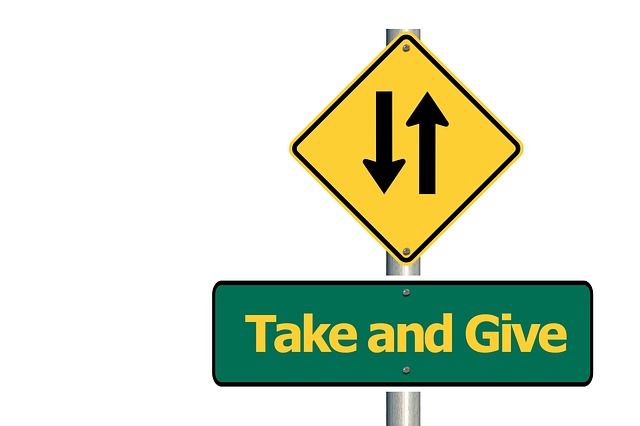When writing any type of copy or content for any purpose, my philosophy is to give readers credit for the acuity of their readership. To put it another way, my writing style is the compositional equivalent of my personal style: People get the benefit of every doubt unless and until they demonstrate those benefits aren’t warranted.
Many people disagree with that philosophy. (“Dumb it down!”) Their content suffers for it. So do their readers.
I know we live in the time-strapped age of information overload. I know people bombarded by information deflect much of it, receive some of it, retain precious little of it, and comprehend even less. But I don’t understand why, if we recognize that reality, we choose to feed it by contributing to it, by playing into its hand and conforming to its self-confounding rules.
If we know people are running too fast, why don’t we, as purveyors of content, slow down? If we know people face a full-time onslaught of information, why don’t we launch less at them? If we know people contend with non-stop strafing from sources too numerous to quantify, why don’t we create stylistic shelters from the fusillade? I don’t know why we don’t. But we don’t.
Rather than giving our readers an opportunity to relax, slow down, discover, reflect on, and engage with meaningful content — instead of structuring sound arguments in persuasive ways that invite our readers to place themselves in the contexts we create — we roll out the heavy artillery.
If some information is good, more is better. If the answers to any prospective questions can be intimated, we answer every question we imagine every reader might ask. If it’s important to us, well, by gum, it must be important to them. And we employ every means we can think of — italics, bold type, underscoring, CAPITAL LETTERS, and SOMETIMES ALL FOUR — to make sure our readers are bludgeoned to distraction from whatever substance we intended to convey.
It doesn’t have to be this way.
Stop. Breathe. Think. Determine what you have to say, and say it calmly. Let your readers decide what’s important. They probably knew it before you (thought you) did.
Content is a two-way street. Drive it respectfully.
—
Image by geralt, courtesy of pixabay.com.

